Armenian culture embodies the nature of the Silk Road, for its distinct customs and unique art forms are a byproduct of the blending of Western and Oriental civilizations over the course of centuries. Mythical heroes inspired by Greek gods and transformed under Orthodox belief are brought to life through oral and literary tradition. Hellenistic temples compete with monasteries which are reflective of their Georgian counterparts while boasting designs uniquely their own. Handwoven carpets resemble those of Iranian and Turkic neighbors, until closer inspection reveals telltale clues that they are distinctly Armenian.
Known to the ancient Persians as Armina and to the Greeks as Armenioi, the Armenians call themselves Hayq and their country Hayastan after the legendary hero Hayk, a reported descendant of Noah. Armenians do not take their customs lightly, as they have been shaped through blood and tears. Peace on the Armenian Highlands was often torn asunder by the invasion of larger and more powerful neighbors, and traces in Armenia of Persian, Arab, Byzantine, Mongol and Turkish culture remain an omnipresent reminder of this oppressive past. Yet through each assault, the Armenian people managed not only to cling to their heritage but to strengthen their resolve and values.
Today, Armenia is regarded as one of the oldest nations on earth and its unique culture a testimony to the resiliency of the human spirit. Travelers to Armenia can anticipate an exciting dive into a thousand plus years of history which is now beautifully reflected in the pink tuff architecture, lively theaters and world-renowned paintings that reflect modern Armenian life.
Ancient Armenian Culture
In 2010-2011, archaeologists made a series of shocking discoveries at the Areni-1 Cave Complex in Armenia. Located just 100 kilometers southeast of the metropolitan capital Yerevan, the cave system was found to contain the world’s oldest known leather shoe (c.3500 BC), straw skirt (c.3900 BC) and winery (4,000 BC). These findings set international records while confirming what has long been known: the origins of Armenian culture date back to antiquity.
Armenia’s enviable location at the center of the world made it a natural target for expanding empires in both East and West. Medes, Assyrians, Romans, Arabs, Persians, Byzantines, Turks, Russians and even the Mongols all laid claim to Armenia at some point in time. Yet in Armenia, culture reached its defining point with the adoption of Christianity as the state religion in 301 AD. From then onward, faith significantly impacted every aspect of Armenian life, including architecture, literature, music and the visual arts.
Today, visitors will be spoiled with diverse and glorious glimpses into Armenian traditions. Be it Matenadaran Institute of Ancient Manuscripts, mesmerizing choral chants or miniscule medieval paintings, Armenia is bound to increase your appreciation of the arts even as it expands your horizons.
Armenian Music
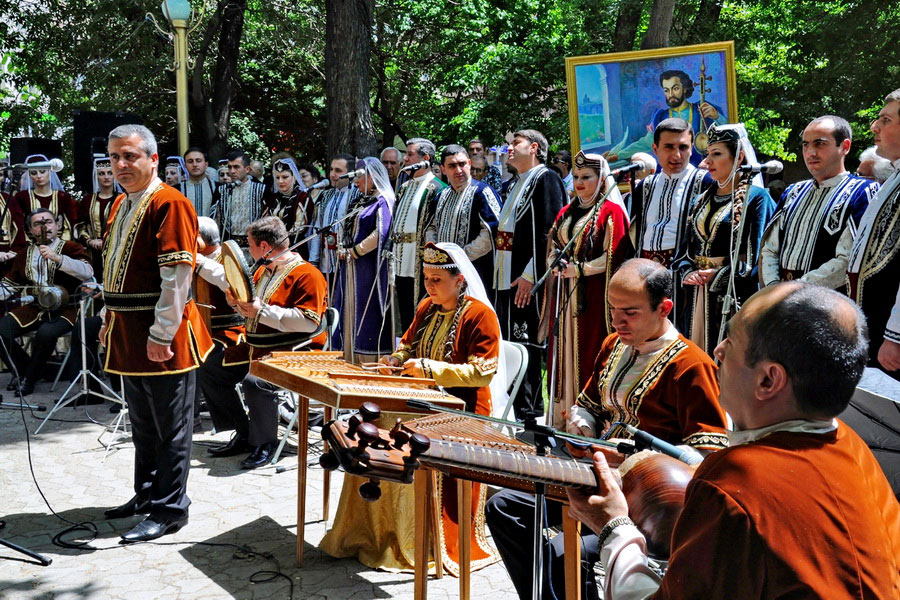
Armenian music includes secular and religious genres which are as diverse as they are ancient. Historically the domain of romanticized storytellers and professional folk actors, traditional music began to shift from the secular to the sacred with the arrival of Christianity. Visitors to the country can hear Armenian music in every corner of the nation today, for churches, concert halls and restaurants still resonate with ancient chants and the sound of national instruments including the kamancha, duduk and saz. Despite a deep pride in their heritage, Armenians have also adapted well to modern musical expressions. Be it classical music, jazz, rock, hip hop or pop, the Armenian music scene offers a wide choice of genres.
Armenian Architecture
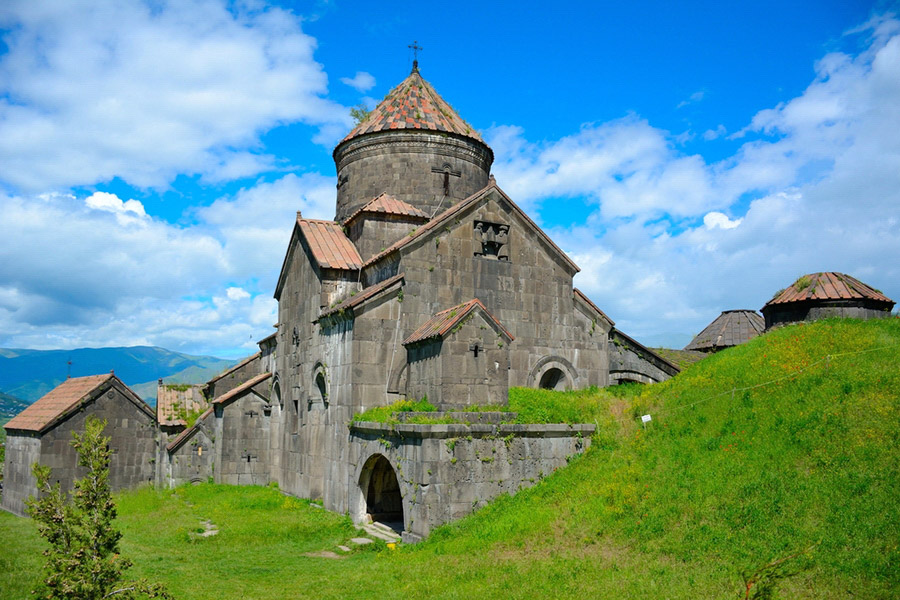
Armenian architecture may be summed up in the nation’s nickname, “Country of Stones”. True to its reputation, most of the land consists of rugged mountain landscape delineated by sharp peaks and rocky slopes. Surrounding by harsh landscape in a region prone to earthquakes, local architects were forced to adapt to their environment, and today elaborate constructions from stone can be seen throughout the land. Churches and monasteries in particular were built to last for centuries and to blend in seamlessly with their environment. Although Armenia is best known for its Christian chapels and cathedrals, Hellenistic temples and Silk Road caravanserais also dot the landscape. With the arrival of the Russians in the 19th century, new advancements in Armenian architecture were introduced, most notably the construction of black and pink tuff masterpieces for which Yerevan and Gyumri are now famous.
Armenian Applied Arts

Armenian applied arts developed through the centuries as local artisans absorbed the practices of conquering civilizations, using their newly acquired skills to create vibrant mosaics of artwork. Armenian potters, jewelers and weavers passed on their skills to their descendants, and today Armenian handicrafts dazzle with their elaborate designs and rich colors. Pottery dating back to the 7th century BC, Bronze Age jewelry and a tapestry of medieval carpets once praised by Marco Polo continue to impress visitors to the country. Tourists can admire historic examples in museums, watch the ancient trades being plied in special factories and purchase handmade products for themselves.
Armenian Theater
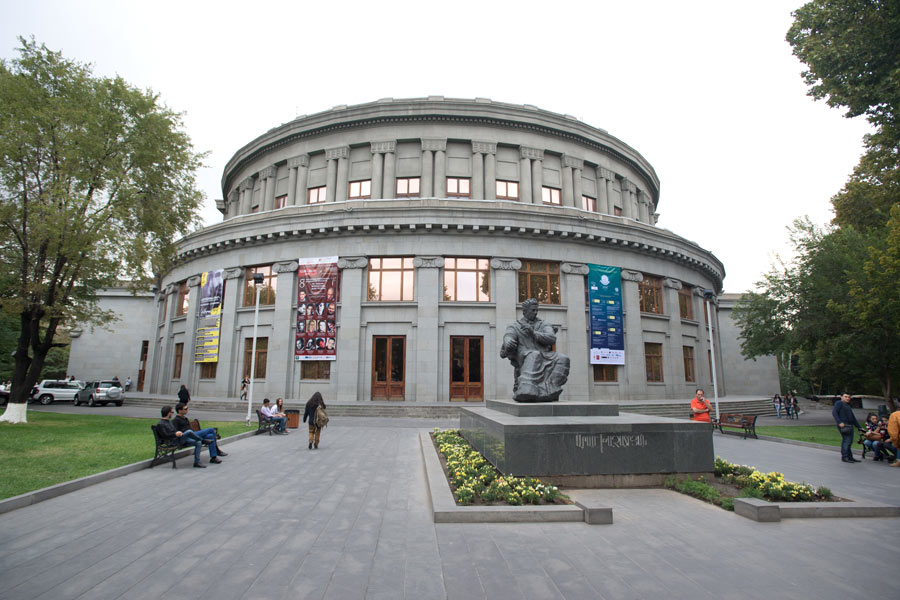
According to Plutarch, the first known theater in Armenia was built under Tigran the Great in 69 BC, and although the growth of the local theater was stunted by the multiple conquests which have marked Armenian history, a love for theater survived and paved the way for sophisticated epics, satire and mimes which came to define Armenian theater. The 19th -20th centuries saw an intense growth in the theatrical repertoire of Armenia: Culture and drama groups traveled as far as Tbilisi, Constantinople and Baku, while Armenian theaters opened in Moscow, Kiev and other cities. Theaters established by prominent playwrights in Yerevan were famed for their productions of local, European and American plays, and today the capital still boasts of over 20 state and private theaters.
Armenian Folklore
Armenian folklore has been preserved through a myriad of fairy tales, legends, folk songs, proverbs, riddles and epics. Many heroes and legends have their roots in pre-Christian Armenian culture and were influenced by nations as far away as Rome. With the invention of the Armenian alphabet, folklore found its way into written literature through gifted authors whose works have had profound impact on modern Armenian culture. Be it mysterious vishap dragon spirits, the beloved patriarch Hayk or the hero David of Sassoun who has found his way into poems, stories, animated films and UNESCO lists, Armenian folklore continues to inspire and evolve with the times.
Armenian Museums
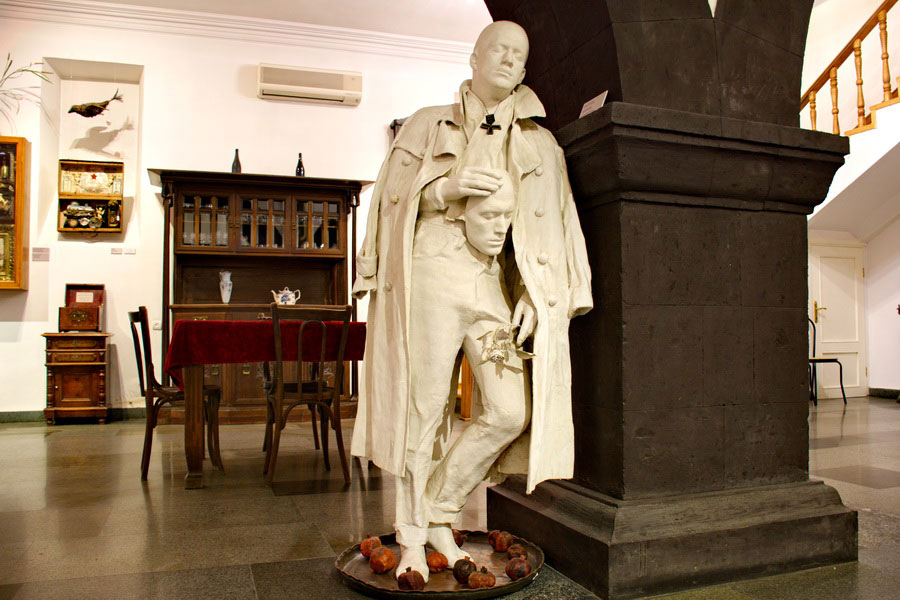
Armenian museums form an important sector of Armenian tourism and include unique exhibitions of ancient manuscripts, archaeological findings, historic household items, weapons, musical instruments, coins and more. History Museum of Armenia houses an incredible collection of artifacts, including an inscription dedicated to the foundation of Erebuni Fortress in 782 BC and the world's oldest shoe, unearthed in Areni Cave. In National Gallery of Armenia, culture is elegantly displayed through the world's most extensive collection of Armenian fine art, while at the unique Matenadaran Institute of Ancient Manuscripts, thousands of Armenian writings are on display. Erebuni Historical-Archeological Museum-Reserve guards archaeological discoveries of the Arin Berd, Karmir Blur and Shengavit excavation sites, and the modern House-Museum of Martiros Saryan will delight with rare landscapes and portraits.
Armenian Literature
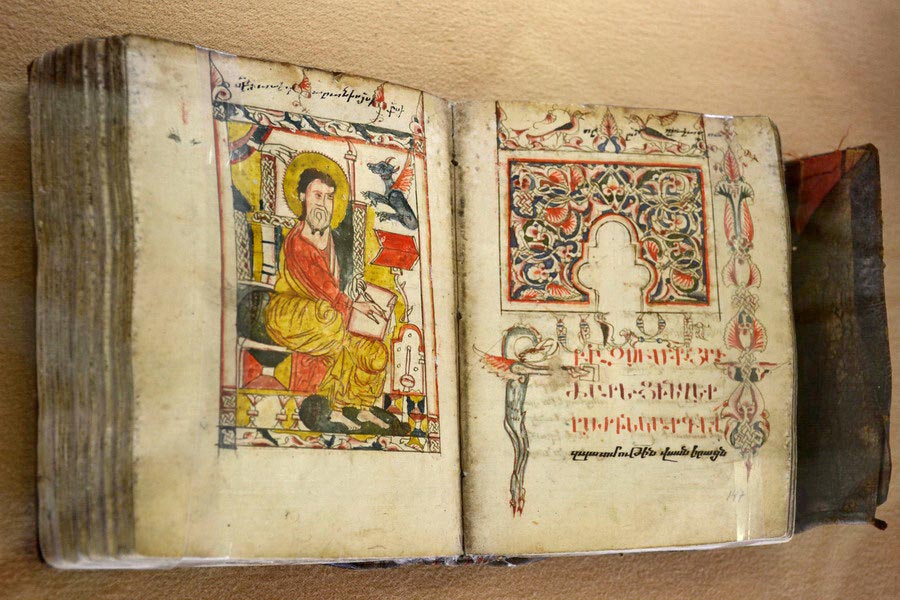
Armenian literature began to take shape in the 5th century AD with the creation of the Armenian alphabet by Mesrop Mashtots, whose unique script was subsequently used to pen many original works. Countless setbacks have been inflicted on the advancement of local literary tradition through foreign rule, the Armenian Genocide and 20th-century Soviet censorship. Yet even through these hardships, local legends were preserved and propagated through oral storytelling. In the 20th century, a blank canvas for contemporary Armenian literature was granted to modernist authors who continue to express themselves through the written word.
Armenian Khachkars
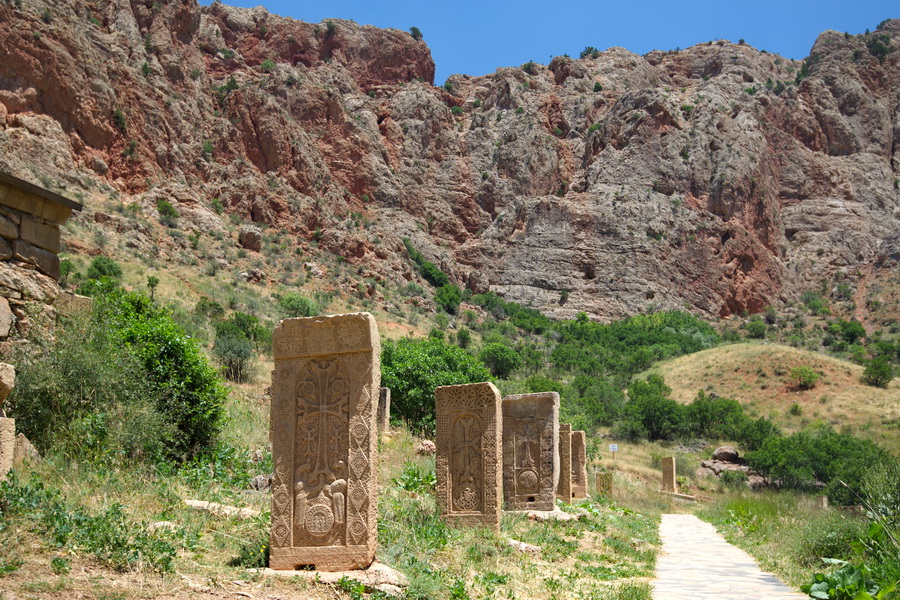
Armenian khachkars are unique cross-stone monuments which have become synonymous with the country itself, for they are carved only by national craftsmen and members of the Armenian diaspora. Khachkars serve as memorial stones, religious emblems and national symbols, and it was once believed that the Armenian crosses could provide protection from national disasters and bring salvation to souls. The oldest extant khachkar, found in Garni, dates back to the 9th century, while the most extensive surviving collection is found at Noraduz Cemetery near Lake Sevan. Today in Armenia, culture continues to be uniquely displayed through the creation of khachkars by special carvers, while historical examples are preserved in museums, churches and monasteries throughout the land.
Armenian Cinema
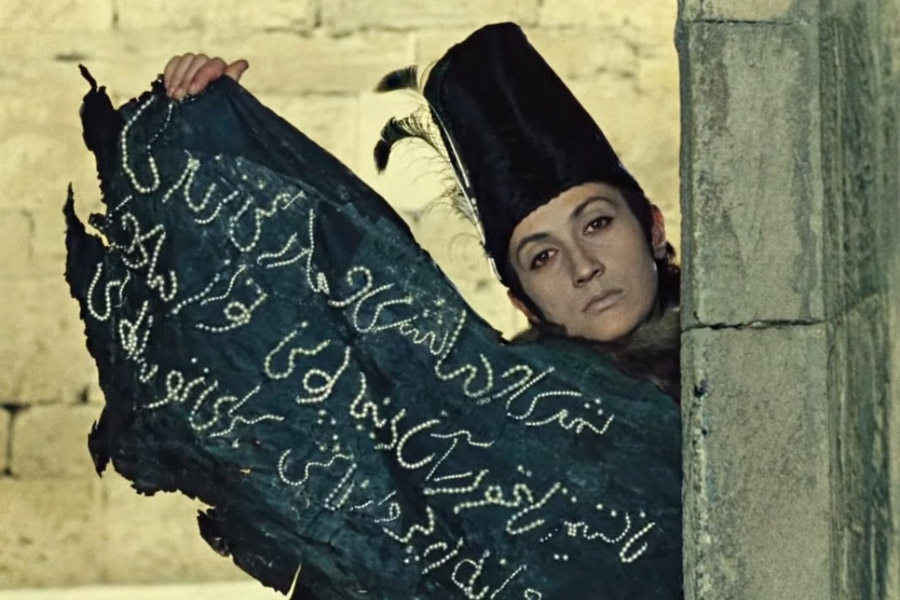
The formation of Armenian cinema was originally inspired by foreign filmmakers who traveled through the Caucasus, and many will be surprised to discover that the first local films were produced back in 1907. During the Soviet era, Armenian cinema found itself under strict state control, and it was during this time that famed director Hamo Beknazaryan produced the first Armenian fictional film, “Namous”, meaning “Honor”. Yet the most acclaimed Armenian film of all time was Sergei Parajanov’s The Color of Pomegranates” a poetic adaptation of the life of Armenian troubadour Sayat-Nova which has since inspired celebrities including Madonna and Lady Gaga. After the collapse of the Soviet Union, Armenian directors regained free reign in theme selection, and nowadays acclaimed cinema productions reflective of traditional Armenian lifestyle can be viewed at various international festivals.
Armenian Fine Arts
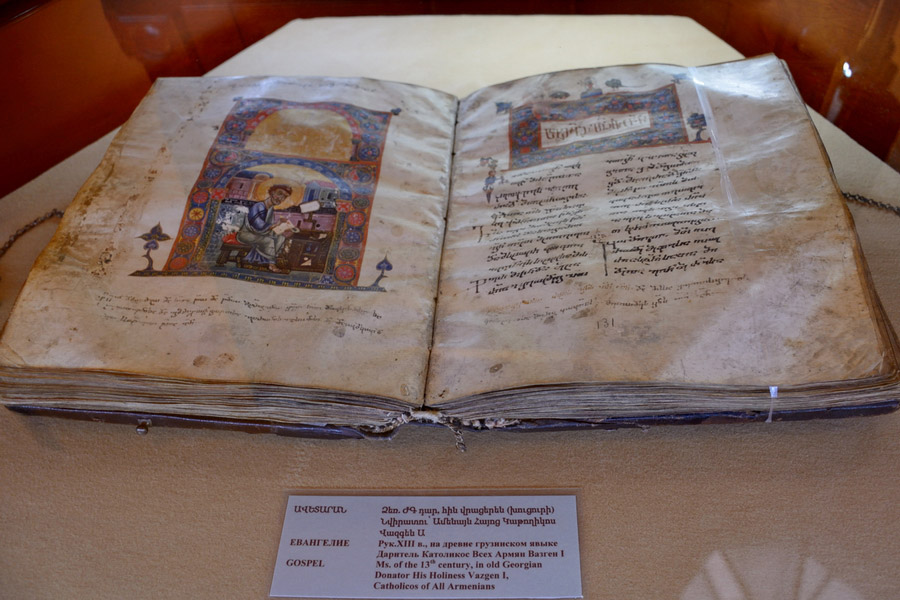
Armenian fine arts have graced the land since iniquity, as proved by mosaics found on the walls of Erebuni Fortress of 782 BC and the intricate montages and lavish ornamentation uncovered in the 1st-century Garni Temple. Artistic expression in the country received new impetus with the arrival of Christianity to the land, with church frescoes, holy icons and sacred manuscript illustrations continuing to evolve to reflect Armenia’s cultural values. In the 17th-19th centuries, significant figures on the Armenian art scene brought portrait, landscape and miniature paintings to the limelight, with names such as Hakob Hovnatanyan and Martiros Saryan well respected even to this day. Visitors to Armenia can now appreciate local expressions of art in museums, monasteries, churches and galleries across the country.
Still curious about Armenian Culture? Check out our Top 10 Astonishing Facts about Armenia to learn about the unusual accomplishments which have brought the country to fame.


